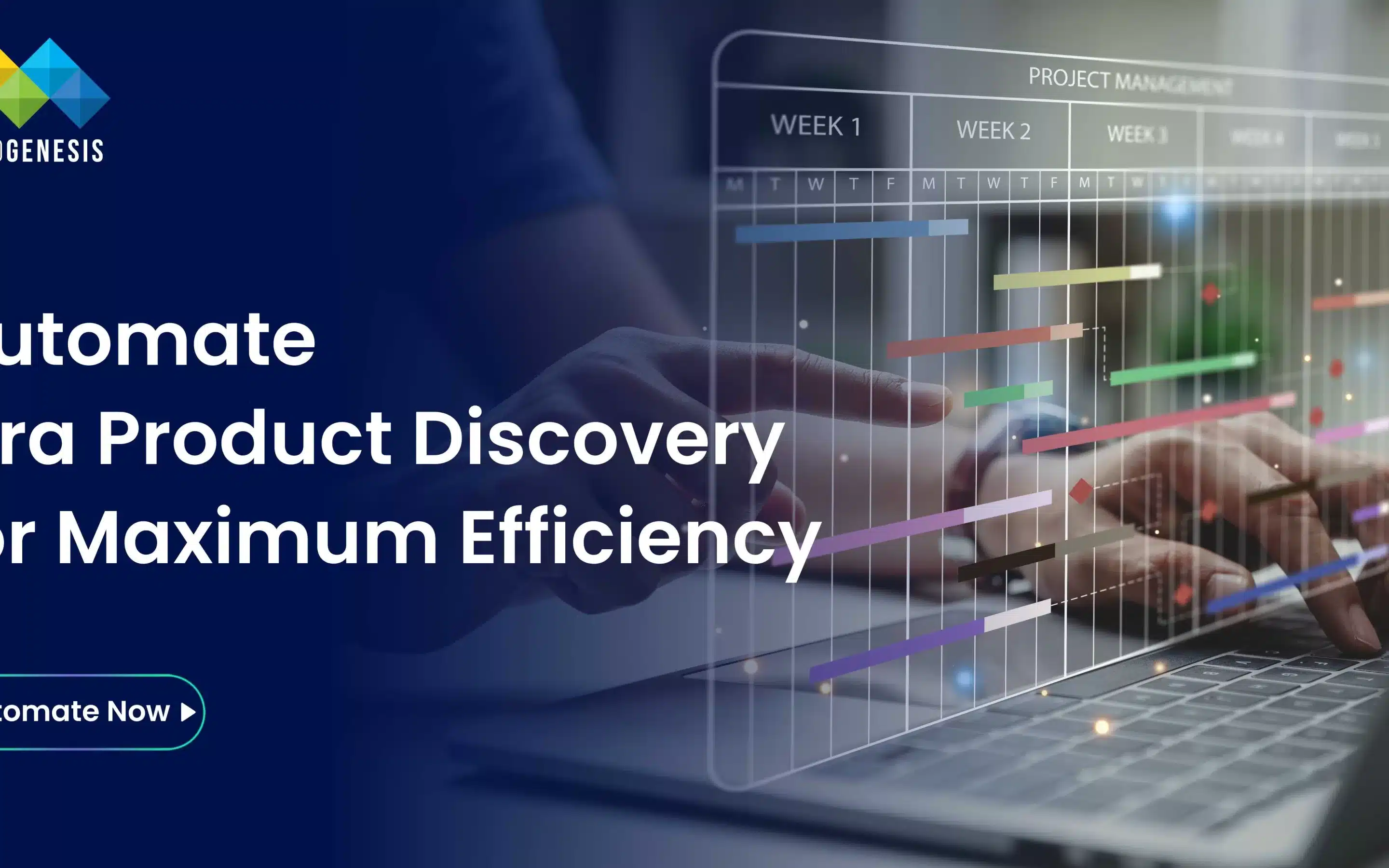Product teams are inundated with ideas from multiple sources — customer feedback, sales requests, internal brainstorming, and market research. While capturing these ideas is crucial, the real challenge lies in prioritization. Without a structured approach, teams risk wasting time on low-impact features or losing focus on strategic goals.
Jira Product Discovery provides a centralized environment to capture, organize, and evaluate ideas. Its flexible views, scoring capabilities, and integrations empower product managers to make data-informed decisions. In this blog, we’ll explore proven prioritization frameworks and practical tactics for leveraging Jira Product Discovery to focus on what truly matters.
2. Why Prioritization Matters
Effective prioritization is not just a process — it is a strategic discipline. Product teams often face a deluge of ideas from customers, internal stakeholders, analytics, and market trends. Without a clear method to filter and rank these ideas, organizations risk:
- Focusing on low-impact features while neglecting high-value initiatives.
- Misaligning priorities across teams, resulting in confusion and wasted effort.
- Extending delivery timelines and delaying ROI.
- Decreasing stakeholder confidence due to unclear or inconsistent decision-making.
Prioritization enables clarity, focus, and transparency. It ensures that resources — whether budget, engineering capacity, or time — are allocated to ideas that maximize business value, improve user experience, and align with strategic goals.
Moreover, a structured prioritization process fosters collaboration and accountability. When product managers use frameworks and scoring systems, every team member understands why certain initiatives are chosen, creating buy-in and reducing internal conflicts.
In the fast-moving product landscape, prioritization becomes a competitive advantage — enabling organizations to adapt quickly, focus on meaningful work, and maintain alignment with both customers and business objectives.
3. RICE Framework in Jira Product Discovery
The RICE framework (Reach, Impact, Confidence, Effort) is one of the most widely used methods to prioritize ideas objectively. Each factor ensures that decisions are data-driven and reflect both user value and business impact.
Components of RICE
- Reach:
Measures how many users or customers will benefit within a given period. For example, a feature that affects 50,000 monthly users has higher reach than one affecting 500.
- Impact:
Evaluates the magnitude of improvement for each user. Does this idea significantly improve retention, satisfaction, or revenue? Ratings are typically numeric (e.g., 1–5) to facilitate scoring.
- Confidence:
Represents how certain you are about your estimates for reach and impact. Confidence accounts for data quality, market assumptions, and team experience.
- Effort:
Measures the amount of work required, typically in person-weeks or development resources. Ideas requiring less effort but delivering high value are prioritized higher.
RICE Formula:
RICE Score = (Reach × Impact × Confidence) / Effort
Using RICE in Jira Product Discovery
- Custom Fields: Create fields for Reach, Impact, Confidence, and Effort in Jira Product Discovery.
- Automated Scoring: Use calculated fields to generate RICE scores for each idea automatically.
- Visual Prioritization: Filter ideas by score and display them in list or matrix views to identify high-priority initiatives.
- Iterative Updates: Update scores as new data becomes available to reflect changes in assumptions or market conditions.
RICE ensures objectivity and consistency, especially when teams are evaluating dozens or hundreds of ideas.
4. MoSCoW Framework
The MoSCoW method is another effective prioritization framework that categorizes ideas into four priority levels:
- Must-Have: Critical features necessary for success. Without these, the product may fail to meet basic expectations.
- Should-Have: Important features that add value but are not urgent. Can be deferred if resources are limited.
- Could-Have: Nice-to-have enhancements that improve experience but are not essential.
- Won’t-Have: Ideas that will not be implemented in the current cycle, either due to low value or resource constraints.
Implementing MoSCoW in Jira Product Discovery
- Tagging Ideas: Use custom fields or labels to assign MoSCoW categories.
- Visual Sorting: Board or matrix views can show Must-Have vs. Could-Have ideas, making it easier to focus on critical initiatives.
- Roadmap Planning: Prioritize Must-Have and Should-Have items in near-term roadmaps, while Could-Have items can populate future releases.
MoSCoW is especially useful for communicating priorities with stakeholders, ensuring that everyone understands why certain features take precedence.
5. Custom Metrics and Scoring Models
Every organization has unique business goals, customer expectations, and product contexts. Beyond standard frameworks like RICE or MoSCoW, custom metrics allow teams to prioritize ideas based on their specific objectives.
Common Custom Criteria
- Revenue Potential: Estimate potential financial impact of a feature or initiative.
- Customer Satisfaction: How much will this idea improve NPS, retention, or user engagement?
- Technical Risk: Assess feasibility, complexity, and dependencies.
- Strategic Alignment: Evaluate how well the idea aligns with company vision, OKRs, or product roadmap.
- Market Differentiation: Does the feature provide a competitive edge or address a unique customer need?
Implementing Custom Metrics in Jira Product Discovery
- Create numeric fields for each custom criterion.
- Use weighted scoring to combine metrics into an overall score for ranking.
- Leverage matrix views to visualize high-value initiatives versus effort or risk.
- Review metrics periodically to adjust for changing business priorities or market conditions.
Learn More: Integrating XLNC with Your Application Ecosystem
Custom scoring provides flexibility, enabling teams to prioritize based on organizational priorities rather than generic formulas.
6. Jira Product Discovery Views for Prioritization
Jira Product Discovery offers multiple visualization options that enhance the prioritization process:
- List View: Displays all ideas with scores and attributes in a sortable table — ideal for detailed comparison.
- Board View: Kanban-style visualization that groups ideas by status, category, or workflow stage.
- Matrix View: Plots ideas on an Impact vs. Effort grid, allowing quick visual identification of high-value, low-effort initiatives.
- Timeline View: Shows initiatives along a roadmap timeline, providing visibility for planning and stakeholder communication.
Best Practices for Views:
- Combine scoring frameworks with visual views to communicate priority clearly.
- Customize filters to focus on specific product areas, teams, or release cycles.
- Share views with stakeholders to foster alignment and transparency.
By leveraging these views, teams can quickly identify what matters most and allocate resources accordingly.
7. Best Practices for Prioritization
To maximize the value of Jira Product Discovery, follow these best practices:
- Combine Data Sources: Use both quantitative metrics (analytics, revenue, adoption) and qualitative insights (customer feedback, support tickets).
- Regular Review: Priorities may shift due to market changes, customer needs, or technical constraints. Schedule periodic review sessions to keep the backlog current.
- Engage Stakeholders: Include cross-functional teams in prioritization discussions to foster alignment and shared ownership.
- Limit Scope: Focus on the top-ranked ideas to prevent overloading delivery pipelines. Avoid attempting to implement all ideas simultaneously.
- Document Rationale: Record the reasoning behind prioritization decisions for transparency and future reference.
Following these practices ensures that prioritization is consistent, transparent, and aligned with business objectives, while enabling teams to act confidently.
8. Case Study Example
Imagine a SaaS company receiving hundreds of feature requests monthly. Without a structured approach, the PM team struggled to decide which features to implement.
Implementation:
- Imported all ideas into Jira Product Discovery.
- Applied RICE scoring to evaluate reach, impact, confidence, and effort.
- Visualized top ideas in a matrix view to identify Must-Have features.
- Converted approved ideas into Jira Software epics for execution.
Outcome:
- Reduced decision cycles from weeks to days.
- Increased alignment between product, engineering, and customer success teams.
- Delivered high-impact features that improved NPS by 12% within six months.
9. Conclusion
Prioritization is the backbone of successful product discovery. Using frameworks like RICE, MoSCoW, or custom scoring models, and leveraging Jira Product Discovery’s visualization and integration tools, product managers can make data-driven decisions and align teams effectively. With expert Jira services and guidance from a digital transformation consultant, organizations can customize prioritization frameworks, streamline workflows, and accelerate product delivery with greater clarity and impact.
- Make data-driven decisions
- Align teams and stakeholders
- Focus on delivering maximum business value
By combining structured frameworks, collaborative tools, and ongoing review, organizations can ensure their product discovery process is efficient, transparent, and outcome-oriented.




